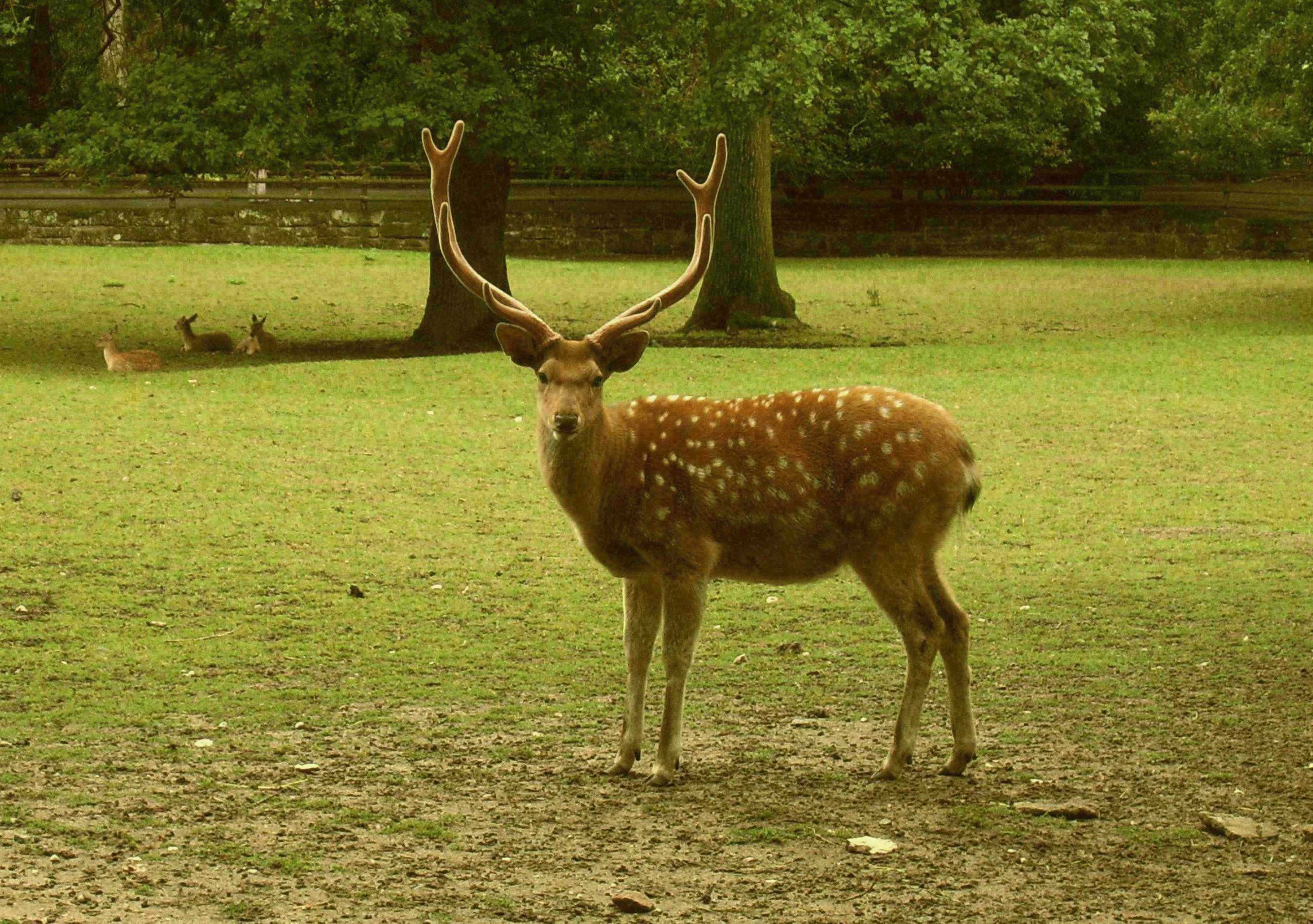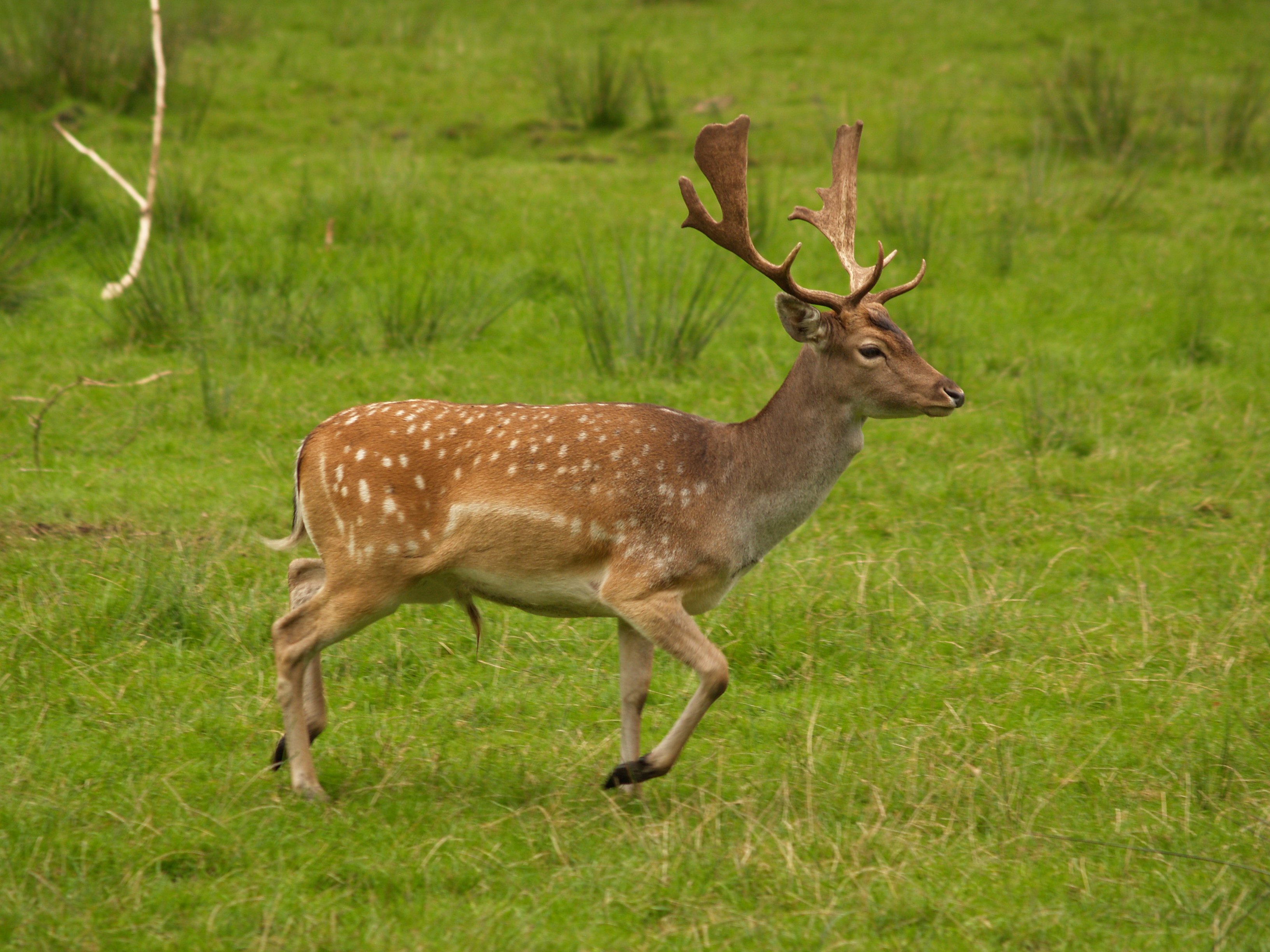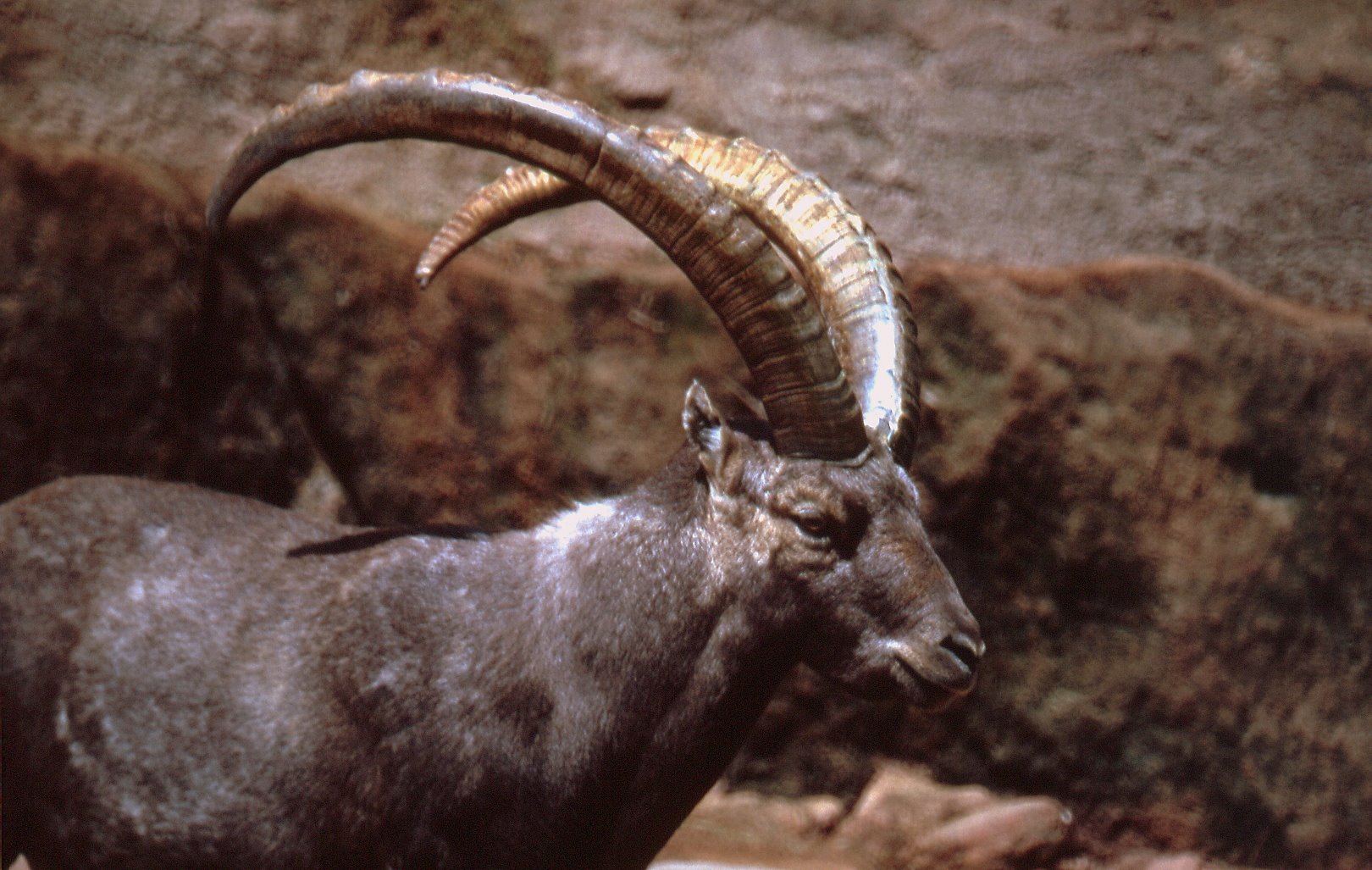|
Aurach Bei Kitzbühel
Aurach bei Kitzbühel ( bar, Aurach bei Kitzbichi) is a municipality in Kitzbühel District in the Kitzbühel Alps in the Austrian state of Tyrol. Aurach is located 5 km south of district town of Kitzbühel on the river known as the Kitzbühler Ache and the road to Thurn Pass. The municipality is further divided into Unteraurach, Oberaurach and several scattered settlements and hamlets including Haberberg, Haselwand, Kochau, Sonnberg and Wiesenegg-Grüntal. It was mentioned for the first time in documents in 1289 s ''Orwiorwe''. Formerly a part of Kitzbühel district, Aurach became an independent municipality in 1833. It has 1171 inhabitants (as at 1 Jan 2010). Of historical significance is the former mine in the area of the Kelchalm. Aurach has a wildlife park, situated at a height of 1,100 metres, which is home to typical Alpine animals such as red deer, ibex, mouflon, wild boar and lynx, as well as animals from other mountainous regions, including fallow deer, sika de ... [...More Info...] [...Related Items...] OR: [Wikipedia] [Google] [Baidu] |
Austria
Austria, , bar, Östareich officially the Republic of Austria, is a country in the southern part of Central Europe, lying in the Eastern Alps. It is a federation of nine states, one of which is the capital, Vienna, the most populous city and state. A landlocked country, Austria is bordered by Germany to the northwest, the Czech Republic to the north, Slovakia to the northeast, Hungary to the east, Slovenia and Italy to the south, and Switzerland and Liechtenstein to the west. The country occupies an area of and has a population of 9 million. Austria emerged from the remnants of the Eastern and Hungarian March at the end of the first millennium. Originally a margraviate of Bavaria, it developed into a duchy of the Holy Roman Empire in 1156 and was later made an archduchy in 1453. In the 16th century, Vienna began serving as the empire's administrative capital and Austria thus became the heartland of the Habsburg monarchy. After the dissolution of the H ... [...More Info...] [...Related Items...] OR: [Wikipedia] [Google] [Baidu] |
Thurn Pass
Thurn Pass (el. 1274 m.) is a high mountain pass in Austria, in the Kitzbühel Alps. It connects Kitzbühel in Tyrol with Mittersill in Salzburg. The Jochberger Ache has its source near the pass. A series of peatland mires in the pass have been designated as a protected Ramsar site since 2004. Lifts There are several chairlifts and T-bar lifts at the pass. A gondola lift connecting Hollersbach im Pinzgau with the ski resort of the Thurn Pass opened in December 2005. In 2005 The Gondola connected The Hollersbach area to the Kitzbühel ski area. Again in summer 2011, The Resterhöhe double chairlift and Moseralm T-bar were replaced with a new modern six-person detachable chairlift with weather bubble and seat heating. These lift improvements are part of a large lift improvement plan that started back in 2004. Since then, fifteen new gondolas and chairlifts have replaced older ones across the ski-resort. See also * List of highest paved roads in Europe * List of mountain passes Th ... [...More Info...] [...Related Items...] OR: [Wikipedia] [Google] [Baidu] |
Salzburg (Bundesland)
Salzburg (, ; bar, Soizbuag, label=Austro-Bavarian) (also known as ''Salzburgerland'') is a state (''Land'') of the modern Republic of Austria. It is officially named ''Land Salzburg'' to distinguish it from its eponymous capital — the city of Salzburg. For centuries, it was an independent Prince-Bishopric of the Holy Roman Empire. Geography Location The state of Salzburg covers area of . It stretches along its main river — the Salzach – which rises in the Central Eastern Alps in the south to the Alpine foothills in the north. It is located in the north-west of Austria, close to the border with the German state of Bavaria; to the northeast lies the state of Upper Austria; to the east the state of Styria; to the south the states of Carinthia and Tyrol. With 529,085 inhabitants, it is one of the country's smaller states in terms of population. Running through the south are the main ranges of the Alpine divide (incl. the Hohe Tauern mountains) with numerous three-thousander ... [...More Info...] [...Related Items...] OR: [Wikipedia] [Google] [Baidu] |
Jochberg (Tirol)
Jochberg is a municipality in the Austrian state of Tyrol in the Kitzbühel district. It is located is 8 km south of Kitzbühel. Population Economy There used to be copper mining in Jochberg, until it was ceased in 1625 for lack of profitability. Nowadays Jochberg is part of the Kitzbühel ski resort A ski resort is a resort developed for skiing, snowboarding, and other winter sports. In Europe, most ski resorts are towns or villages in or adjacent to a ski area – a mountainous area with pistes (ski trails) and a ski lift system. In North ..., connecting the Kitzbühel skiing area to the slopes west of the Pass Thurn. References External links Kitzbühel Alps Cities and towns in Kitzbühel District {{Tyrol-geo-stub ... [...More Info...] [...Related Items...] OR: [Wikipedia] [Google] [Baidu] |
Fieberbrunn
Fieberbrunn is a market town in the Austrian state of Tyrol (state), Tyrol in the Kitzbühel (district), Kitzbühel district. It is located at , in the Kitzbühel Alps. Fieberbrunn is the most populous municipality in the Pillerseetal valley. According to a legend, the fountain near its church, and later also the market town received the name ''Fieberbrunn'' (''fever well'') when Tyrolean Countess Margarete Maultasch was healed from fever after drinking from it. Previously the market town was named ''Pramau''. Fieberbrunn is a winter sports resort and venue of international snowboarding events (like ''Lords of the Boards''), as well as a hiking and mountaineering resort in summer. Since 2006 Fieberbrunn is venue of a new event called 'SNOWFEVER', which is one of the biggest Big mountain skiing, Big Mountain Events in Austria. It is also home of the churchjump. Schloss Rosenegg is nearby. The bathing lake of the Lauchsee is important for summer tourism. Population Gallery Fi ... [...More Info...] [...Related Items...] OR: [Wikipedia] [Google] [Baidu] |
Llama
The llama (; ) (''Lama glama'') is a domesticated South American camelid, widely used as a List of meat animals, meat and pack animal by Inca empire, Andean cultures since the Pre-Columbian era. Llamas are social animals and live with others as a herd. Their wool is soft and contains only a small amount of lanolin. Llamas can learn simple tasks after a few repetitions. When using a pack, they can carry about 25 to 30% of their body weight for 8 to 13 kilometre, km (5–8 miles). The name ''llama'' (in the past also spelled "lama" or "glama") was adopted by European colonization of the Americas, European settlers from Indigenous people in Peru, native Peruvians. The ancestors of llamas are thought to have originated from the Great Plains of North America about 40 million years ago, and subsequently migrated to South America about three million years ago during the Great American Interchange. By the end of the last Quaternary glaciation, ice age (10,000–12,000 years ago), ... [...More Info...] [...Related Items...] OR: [Wikipedia] [Google] [Baidu] |
Sika Deer
The sika deer (''Cervus nippon''), also known as the Northern spotted deer or the Japanese deer, is a species of deer native to much of East Asia and introduced to other parts of the world. Previously found from northern Vietnam in the south to the Russian Far East in the north, it is now uncommon except in Japan, where the species is overabundant. Etymology Its name comes from , the Japanese word for "deer". In Japan, the species is known as the . In Chinese, it is known as . Taxonomy The sika deer is a member of the genus ''Cervus'', a group of deer also known as the "true deer". Formerly, sika were grouped together in this genus with nine other species. Now, only the sika and red deer remain, the latter being divided into three separate species: European red deer, central Asian red deer, and American elk (though this remains controversial). Recent DNA evidence indicates these deer are not as closely related as previously thought, resulting in the creation of new species ... [...More Info...] [...Related Items...] OR: [Wikipedia] [Google] [Baidu] |
Fallow Deer
''Dama'' is a genus of deer in the subfamily Cervinae, commonly referred to as fallow deer. Name The name fallow is derived from the deer's pale brown colour. The Latin word ''dāma'' or ''damma'', used for roe deer, gazelles, and antelopes, lies at the root of the modern scientific name, as well as the German ''Damhirsch'', French ''daim'', Dutch ''damhert'', and Italian ''daino''. In Croatian and Serbian, the name for the fallow deer is ''jelen lopatar'' ("shovel deer"), due to the form of its antlers. The Modern Hebrew name of the fallow deer is ''yachmur'' (יחמור). Taxonomy and evolution The genus includes two extant species: Extant species Some taxonomists include the Persian fallow deer as a subspecies In biological classification, subspecies is a rank below species, used for populations that live in different areas and vary in size, shape, or other physical characteristics (morphology), but that can successfully interbreed. Not all species ... (''D. d. me ... [...More Info...] [...Related Items...] OR: [Wikipedia] [Google] [Baidu] |
European Lynx
The Eurasian lynx (''Lynx lynx'') is a medium-sized wild cat widely distributed from Northern, Central and Eastern Europe to Central Asia and Siberia, the Tibetan Plateau and the Himalayas. It inhabits temperate and boreal forests up to an elevation of . Despite its wide distribution, it is threatened by habitat loss and fragmentation, poaching and depletion of prey. Taxonomy ''Felis lynx'' was the scientific name used in 1758 by Carl Linnaeus in his work '' Systema Naturae''. In the 19th and 20th centuries, the following Eurasian lynx subspecies were proposed: The following were also proposed, but are not considered valid taxa: *Altai lynx (''L. l. wardi'') *Baikal lynx (''L. l. kozlovi'') *Amur lynx (''L. l. stroganovi'') * Sardinian lynx (''L. l. sardiniae'') Characteristics The Eurasian lynx has a relatively short, reddish or brown coat that is marked with black spots; their number and pattern are highly variable. The underparts, neck and chin are whitish. T ... [...More Info...] [...Related Items...] OR: [Wikipedia] [Google] [Baidu] |
Wild Boar
The wild boar (''Sus scrofa''), also known as the wild swine, common wild pig, Eurasian wild pig, or simply wild pig, is a suid native to much of Eurasia and North Africa, and has been introduced to the Americas and Oceania. The species is now one of the widest-ranging mammals in the world, as well as the most widespread suiform. It has been assessed as least concern on the IUCN Red List due to its wide range, high numbers, and adaptability to a diversity of habitats. It has become an invasive species in part of its introduced range. Wild boars probably originated in Southeast Asia during the Early Pleistocene and outcompeted other suid species as they spread throughout the Old World. , up to 16 subspecies are recognized, which are divided into four regional groupings based on skull height and lacrimal bone length. The species lives in matriarchal societies consisting of interrelated females and their young (both male and female). Fully grown males are usually solitary ... [...More Info...] [...Related Items...] OR: [Wikipedia] [Google] [Baidu] |
Mouflon
The mouflon (''Ovis gmelini'') is a wild sheep native to Cyprus, the Caspian Sea, Caspian region from eastern Turkey, Armenia, Azerbaijan, and Iran. It is thought to be the ancestor of all modern domestic sheep breeds. Taxonomy ''Ovis gmelini'' was the scientific name proposed by Edward Blyth in 1841 for wild sheep in the Middle East. In the 19th and 20th centuries, several wild sheep were described that are considered mouflon subspecies today: * ''Ovis ophion'' by Blyth in 1841 for wild sheep in Cyprus; * ''Ovis laristanica'' by Nikolai Nasonov in 1909 for wild sheep in Lar, Iran, Lar in southern Iran; * ''Ovis orientalis isphahanica'' by Nasonov in 1910 for wild sheep in the Zagros Mountains. Subspecies Five mouflon subspecies of are distinguished by Mammal Species of the World, MSW3: * Armenian mouflon (Armenian red sheep), ''O. g. gmelini'' : nominate subspecies; native to northwestern Iran, Armenia, and Azerbaijan. It has been introduced to Texas in the U.S. * Esfahan mou ... [...More Info...] [...Related Items...] OR: [Wikipedia] [Google] [Baidu] |
Ibex
An ibex (plural ibex, ibexes or ibices) is any of several species of wild goat (genus ''Capra''), distinguished by the male's large recurved horns, which are transversely ridged in front. Ibex are found in Eurasia, North Africa and East Africa. The name ''ibex'' comes from Latin, borrowed from Iberian or Aquitanian, akin to Old Spanish ''bezerro'' "bull", modern Spanish ''becerro'' "yearling". Ranging in height from and weighing , ibex can live 20 years. Two closely related varieties of goats found in the wild are not usually called ibex: the markhor and the feral goat. A male ibex is referred to as a buck, a female is a doe, and young juveniles are called kids. An ibex buck is commonly larger and heavier than a doe. The most noticeable difference between the sexes is the larger size of a buck's horns. The doe grows a pair of smaller, thinner horns which develop considerably more slowly than those of a buck. The ibex's horns appear at birth and continue to grow through the r ... [...More Info...] [...Related Items...] OR: [Wikipedia] [Google] [Baidu] |




